|



|
FROM SITE SELECTION
MAGAZINE, NOVEMBER 2022 ISSUE
|
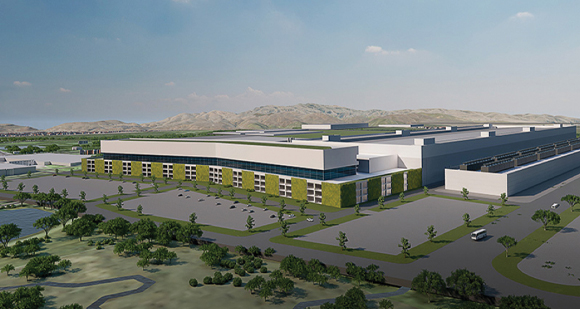
|
NEWS DIGEST
Micron grows in Idaho; Porsche doubles the experience in Atlanta; Build
Back Better award winner locations; EV investments in Michigan and Ohio;
a Hollywood redevelopment in glorious Technicolor; Bridgestone’s latest
bet on Tennessee.
|
|
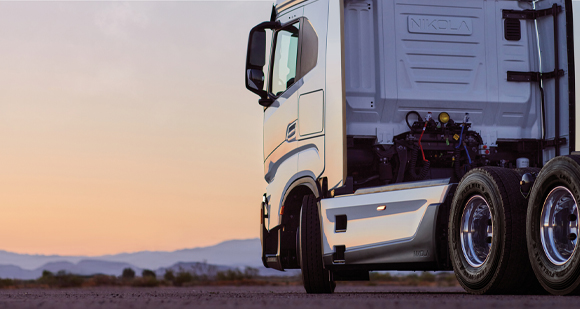
|
SOUTHWEST U.S.
There’s no denying efforts across the region to pursue environmentally
friendly innovations.
|
|
 
|
Texas
Last Thursday Air Products and The AES Corporation announced plans to
invest approximately $4 billion to build, own and operate a green
hydrogen production facility in Wilbarger County, Texas. “This
mega-scale renewable power to hydrogen project includes approximately
1.4 gigawatts (GW) of wind and solar power generation, along with
electrolyzer capacity capable of producing over 200 metric tons per day
(MT/D) of green hydrogen, making it the largest green hydrogen facility
in the United States,” the companies said. “If all the green hydrogen
were used in the heavy-duty truck market, it would eliminate more than
1.6 million metric tons of carbon dioxide (CO2) emissions annually when
compared to diesel use in heavy-duty trucks.” Over the project lifetime,
it is expected to avoid more than 50 million metric tons of CO2, the
equivalent of avoiding emissions from nearly 5 billion gallons of diesel
fuel.” The companies said growth in demand is supported by green
hydrogen’s role in net-zero ambitions announced by several states and
major corporations. The project is subject to receipt of local permits,
and local, state and federal incentives.
South Korea
Senior leadership of General Motors(GM) Korean Operations in November
visited GM’s Changwon plant, where pilot production of GM’s new
crossover utility vehicle is underway. GM’s recent investment in the
plant’s paint shop, press shop, body shop and assembly shop factors in
anticipated global demand for the new CUV. The facility now has a
production capacity of 60 units per hour, enabling it to produce up to
280,000 vehicles each year. In addition, GM also invested in production
facilities at the Bupyeong plant for additional production of what it
calls “the next-generation global vehicle” along with the Chevrolet
Trailblazer. GM has built a production system with an annual capacity of
500,000 units by combining its two plants in Changwon (west of Busan
near the country’s southern coast) and Bupyeong (in Incheon), located
around 4 hours’ drive apart. The investments come as GM Korea celebrates
its 20th anniversary this year.
|
|
 
|

|
TRAINING INITIATIVES
In Buffalo, a focus on students in need is yielding impressive results.
|
|
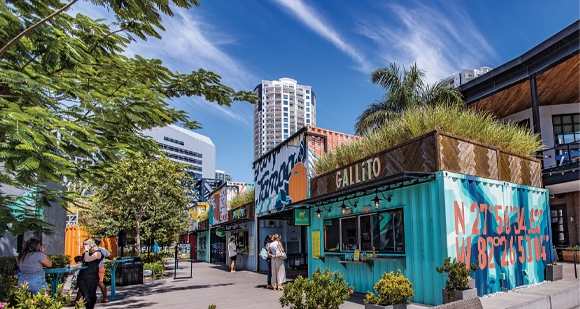
|
TALENT ATTRACTION
Florida, Texas and Idaho lead the nation in attracting and keeping
talent, according to a study just published by data organization
Lightcast.
|
|
|
SITE SELECTION
RECOMMENDS
|
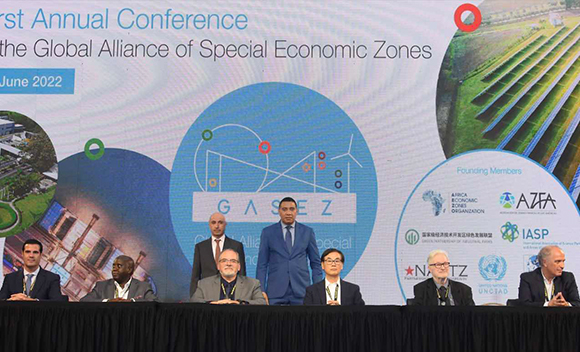
|
At their June 2022 meeting in Jamaica, the World FZO launched the
Global Alliance of Special Economic Zones.
Photo courtesy of World FZO
|
|
The Dubai-based World Free Zones Organization’s resources
include a newsletter that offers a useful amalgam of free zones news
from around the world and an atlas that breaks down zones offerings by country. At their
June 2022 meeting in Jamaica, the World FZO launched the
Global Alliance of Special Economic Zones. “Global threats
require strong and innovative partnerships,” said Dr. James
Zahn, director, Investment and Enterprise Division, United
Nations Conference on Trade and Development (UNCTAD). “This
alliance will enable us to bring together the resources and
expertise of eight founding members of the GASEZ towards one
goal, which aims to revitalize the existing zones and
advance a new generation of special economic zones that
contribute to sustainable development.”
Expressions of interest are due December 20 from members and
from visitor & convention bureaus with members in their
countries to host the World FZO Annual International
Conference & Exhibition (AICE) in May-June 2024. The 2023
edition of the conference will be May 2-3 in Dubai. Contact events@worldfzo.org
with questions about hosting. And read Site Selection’s
recent exclusive contribution on free zones
from Adrianople Group’s James Forster.
|
|
|
|
ARKANSAS ECONOMIC
DEVELOPMENT GUIDE 2022-23
|
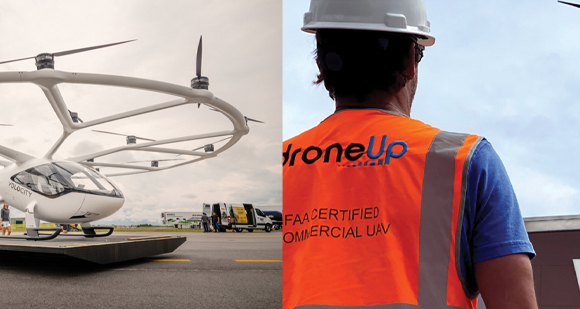
|
SMART MOBILITY
Hundreds of companies flocked to the UP. Summit for the chance to win
over big investors.
|
|

|
PHOTO GALLERY
Beautiful views and adventures abound.
|
|
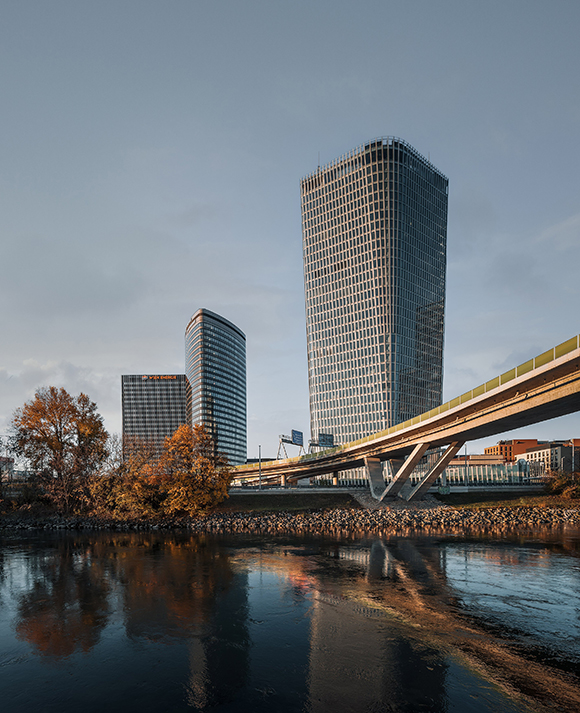
|
Photo by Christian Pichlkastner courtesy of ATP architects engineers
|
|
“With its aerodynamic and gently twisted form, the Austro Tower shapes
the skyline of the Vienna business district TownTown,” says ATP
architects engineers, which was commissioned to deliver architectural
execution design and consultancy services for the project. “One key
success factor of the building services design is the switch from
conventional local cooling to river energy,” the firm says. “The tower
uses the water from the adjacent Danube Canal as an energy source for
powering the heating and cooling supply. This optimization halved the
area required for the plant room on the 35th floor. The other half is
now used as a lounge and meeting area with an external space that is
protected from the wind.” The building has 43,000 sq. m. (462,863 sq.
ft.) of office space, a conference center and a restaurant.
|
| |

